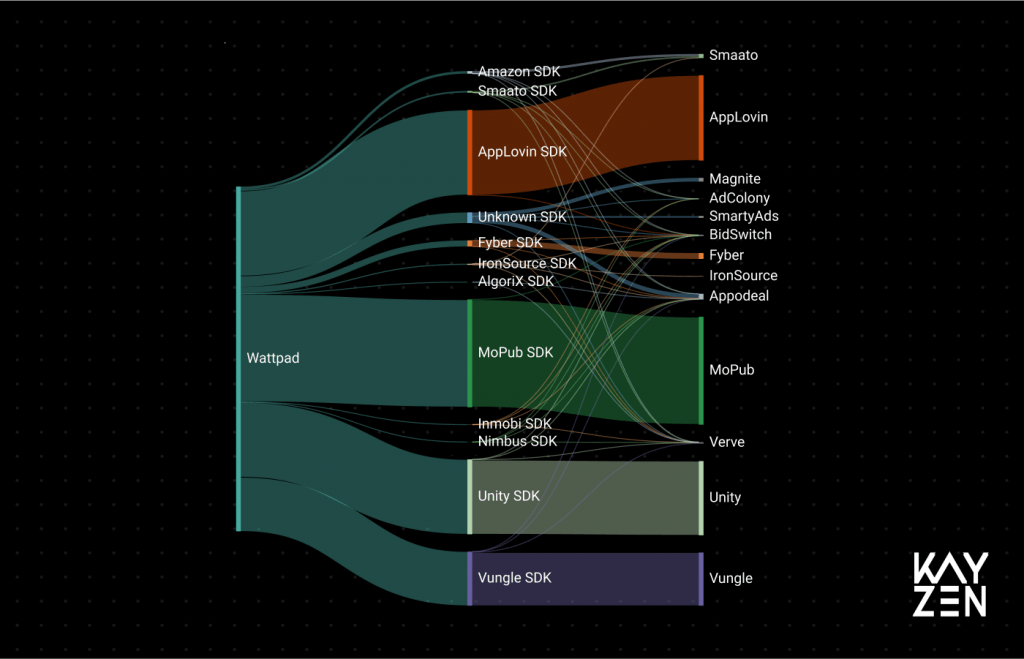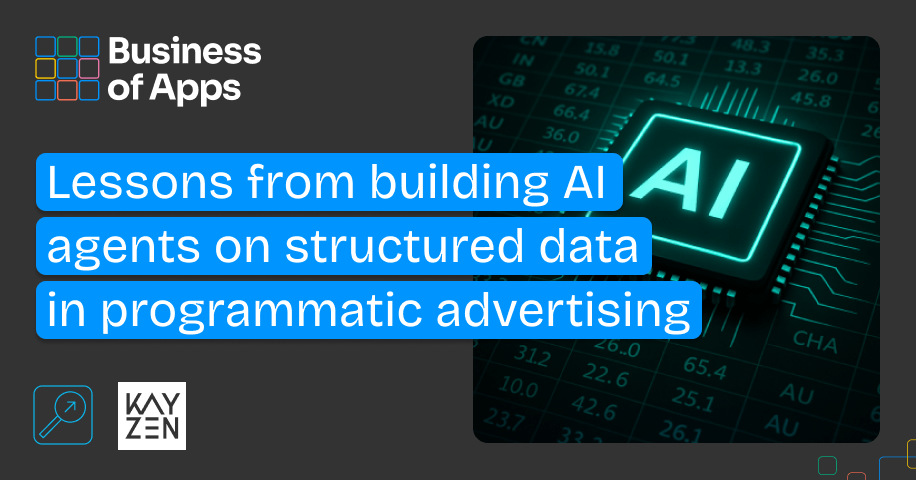Optimize everything. That is the rallying cry of digital marketers everywhere — and increasingly that includes supply path optimization (SPO). Simply put, SPO allows marketers to curate the most direct, trusted, and efficient paths to publishers’ inventory — which makes it easier to assess the true value of each supplier in your programmatic supply chain.
To understand the need for SPO, we have to go back to the introduction of in-app bidding. This new model created disruption in publishers’ monetization stack, and thus, in the way buyers access their inventory. Today it is common to find a supply side partner (SSP) approaching a demand side partner (DSP), and upon reviewing the inventory on offer, finding out none of those apps are actually new inventory to the DSP. It has now become harder than ever to measure the true incremental value of a supply partner.
Previously, an SSP’s value could be evaluated based on their waterfall position, where those with historically higher CPMs would gain preferred access to publishers’ inventory. Now, as SSPs migrate from waterfall SDKs to in-app bidding SDKs, gaining equal access to all impression opportunities, the industry is not only experiencing a higher amount of ad requests, but also a higher level of overlap and redundancy. That’s where SPO comes in.
What is Supply Path Optimization and why is it important?
Supply Path Optimization is a strategic approach to media buying where certain supply paths are prioritized over others by taking into account some or all the complexities associated with in-app bidding.
Employing an efficient SPO can have several benefits for marketing teams:
- Lower infrastructure costs
- Better relations between your CPMs and associated Win Rates
- Improving your audience’s creative experience
Ultimately, the goal of SPO is greater transparency in programmatic advertising through better understanding of what’s going on behind the scenes of all bid requests. Some teams may turn to SPO to find bad actors. But it’s more likely that SPO will simply allow you to better understand where your money is going and how to spend it more wisely.
Middlemen often take processing fees — as do vendors handling ad verification, creative development, fraud detection, and many other tasks along the way. Getting to know your supply chain allows you to uncover leakage and optimize ROI by finding the most efficient path to the same ad placement.
All supply paths are not created equal
So, all roads lead to Rome, right? That is correct, but beware of the bumps along the way, for there are many roads to take. Some roads are shorter than others. Some have higher tolls than others or some just have better sights, thus providing a better experience.

Let’s have a look at some of the differences you may find on supply paths that lead to the same impression opportunity:
- Waterfall vs In-App Bidding: While most major SSPs have developed in-app bidding SDKs, their support is not equal across all mediation platforms, so, depending on the publisher, mediation platform and ad exchange, a supply path may either grant your bid equal opportunity to the impression or have it subjected to a waterfall position.
- Take Rates: The vast majority of ad exchanges charge a markup on CPMs, thus creating a gap between what an advertiser is bidding and what the publisher sees on their monetization stack. These take rates usually have two components: a supply side fee, usually negotiated with the publisher, and in a few select cases, a demand side fee. Neither of these tend to be disclosed to buyers, but per Kayzen’s findings, their combination can represent a 10% to 50% reduction on your bid price.
- Reselling: Certain supply paths can have up to 4 or 5 intermediaries, creating a chain of take rates that completely diminishes your bid purchasing power.
- SDK Ad Rendering: SDKs determine how video ads behave on interstitial or rewarded placements, with variations on close buttons, skip timers, endcard support, etc. Two different supply paths to the same impression opportunity can provide very different creative experiences for your target audience.

*While the Wattpad app on Android is accessible through 13 different ad exchanges on Kayzen, these are actually connected to 12 unique SDKs, defining a total of 47 possible supply paths, each with its own associated take rate and providing different creative experiences.
Source: Kayzen bid request data (Display Manager Attribute)
Building your SPO strategy
The effectiveness of your SPO strategy will be determined by the objectives of your marketing campaign. Nonetheless, whether you are running performance or branding campaigns, there are some common strategies you can adopt to drive impact:
- Never settle for being second choice: Tailor your bidding strategy based on whether the auction is coming from a waterfall or in-app bidding SDK. Remember, in-app bidding provides equal access to all impression opportunities. The industry is still behind in a standard for declaring waterfall vs. in-app in real time, but talk to your supply partners to potentially enable custom signals for you.
- Do not play broken phone with your bid price: In order to ensure that the CPM the publisher sees on their monetization stack is as close as possible to your actual bid, focus on ad exchanges that have transparent, low take rates. Take it a step further by integrating directly with publishers who have either developed their own ad exchange or are leveraging a SaaS monetization solution.
- The shortest distance between two points is a straight line: Leverage app-ads.txt, sellers.json and the schain object to identify and deprioritize non-direct supply paths that contain intermediaries you are already connected directly with.

Bidding on Woodoku’s inventory through SSP 2 consistently represents, across several placements, an increased reduction of your purchasing power by 22%.
- Sometimes first class is worth the price: Not everything is price-related when it comes to SPO. Leverage the different ad exchanges creative testing tools to understand which SDKs provide the better rendering experience for your creatives. Take rates can potentially be higher, but remember, your killer creative can still botch when rendered by a suboptimal SDK.
SPO the Kayzen way
We firmly believe that programmatic is the most transparent channel out there, but it still has a lot of room to grow. As more marketers adopt an SPO approach to their media buying, more pressure will be placed on supply partners to provide further transparency on take-rates and supply chain participants. In an industry lately characterized by increased consolidation, both publishers and marketers are more hungry than ever for true transparency and control.
At Kayzen, we are adopting an SPO philosophy for everything supply related. From negotiating better terms with SSPs, to integrating directly with publishers cutting all middlemen fees completely, to providing the means to test creatives on different platforms, we’re tackling SPO from every angle.
Our transparent, self-serve nature ensures that all the benefits associated with a strong SPO strategy translate directly into our customers’ campaign performance and do not get lost in increased margins such us with managed service DSPs.



